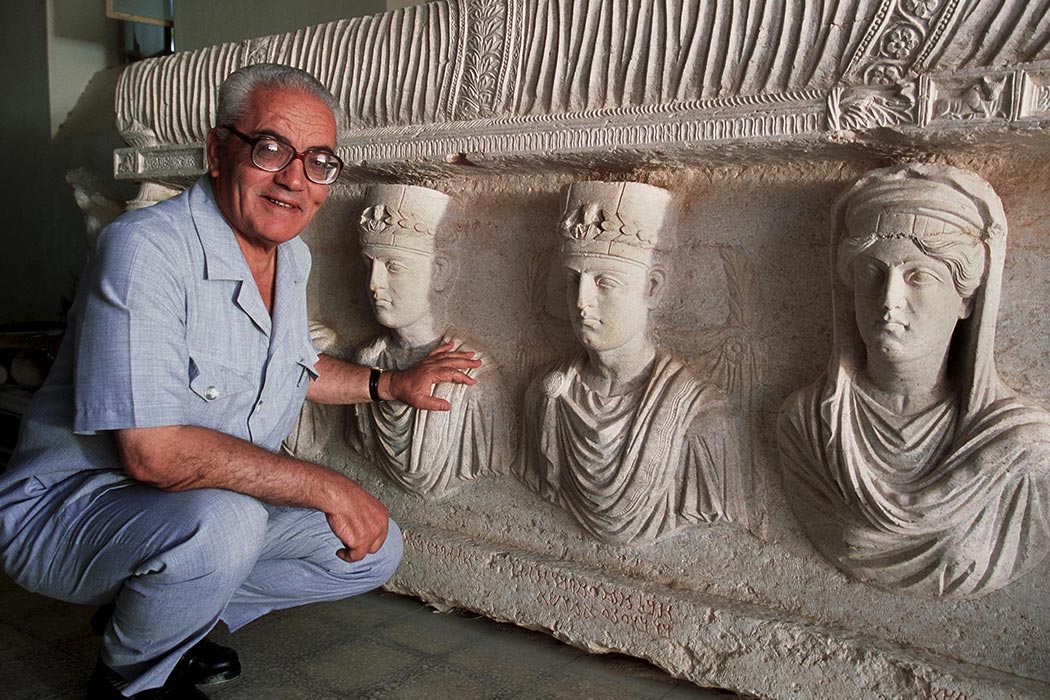Khaled al-Asaad, archaeologist, museum curator, and general custodian of the World Heritage ruins at Palmyra, was murdered by ISIS in August. Along with other government employees, al-Asaad was detained by ISIS for the so-called crimes of attending professional conferences and idolatry for tending to the pre-Islamic ruins. Whatever his ties to the autocratic Syrian government were, his loyalty was to Palmyra, and he apparently died protecting its treasures from destruction. ISIS is known to loot antiquities for sale and to wreck the rest. At least al-Asaad will never be forgotten: JSTOR contains many examples of his scholarship.
Al-Assad’s career spanned more than 40 years at Palmyra. In addition to a lengthy publication record in three languages, JSTOR contains records of his work with archaeologists from Germany, France, Japan, and Israel, among others. One notable accomplishment was his discovery, with Polish researcher Michal Galikowski, of an inscription alluding to the first known caravan traffic through Palmyra. Palmyra was a crucial stop on the Silk Road from the first through 9th centuries CE.
No piece of history was too small for al-Assad. For example, along with Andreas Schmidt-Colinet and Annemarie Stauffer, he wrote the book on the textiles, most of them fragments, from the site. The well-received book examines textiles and fragments spanning multiple cultures, including those in Roman, Greek, and even Chinese styles, confirming that trade through Palmyra went all the way to Asia.
Al-Asaad also took part in larger-scale research. Among his many excavations, in the early 1990s he co-directed, with Dr. Schmidt-Colinet, the dig at a 4th century church dating from the reign of Emperor Constantine I. The same expedition uncovered an unusual house that was continuously occupied for more than 700 years, spanning Roman, Christian, and Islamic eras.
These are only a few examples of the many contributions Khaled al-Asaad made to understanding the history of Palmyra. Unfortunately, following the killing, ISIS continued its tradition of demolishing ancient sites, dynamiting a Temple of Baal that dates to 32 CE, as well as committing numerous other senseless acts of destruction. Still, in part thanks to al-Asaad’s dedication, many of the artifacts of Palmyra remain safe, at least for the moment. Many of the more portable artworks were evacuated in advance, and his refusal to tell his captors where they had been taken may have cost him his life. Let’s hope peace returns soon, to prevent further loss of life and history. Khaled al-Asaad, 1932-2015.







